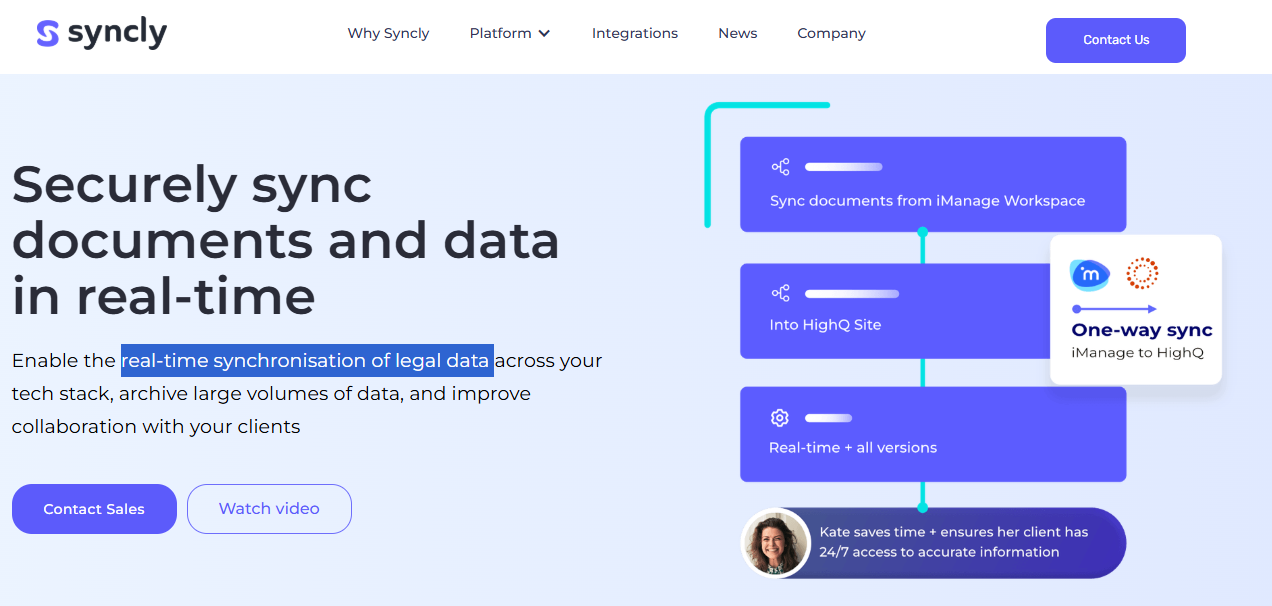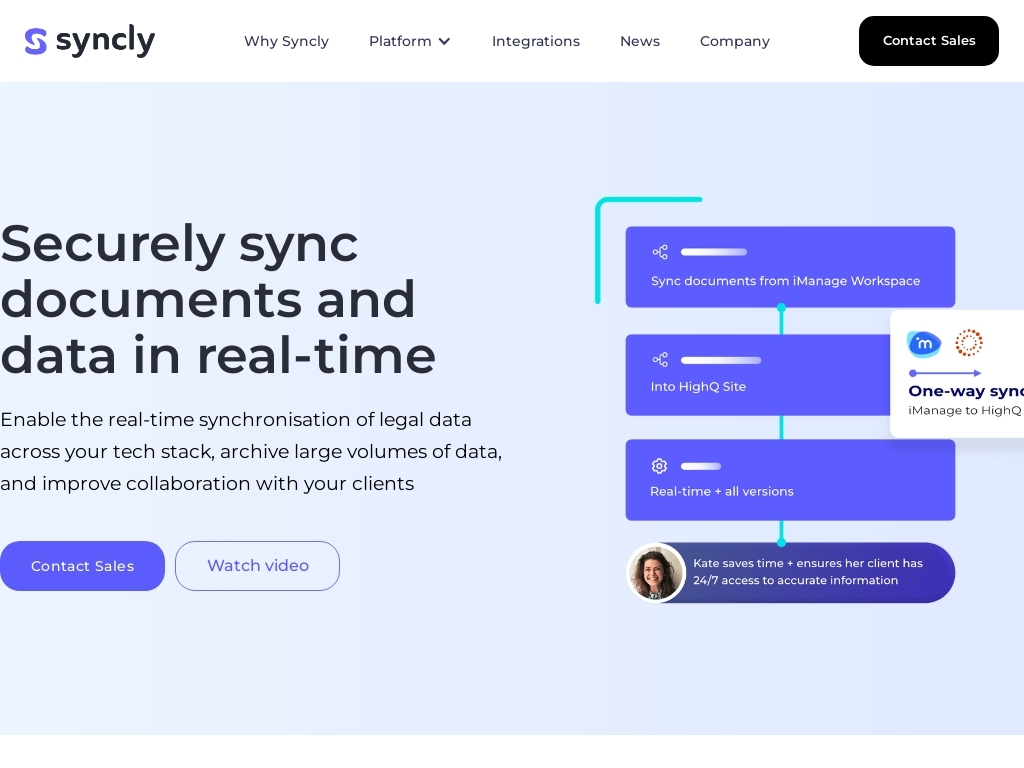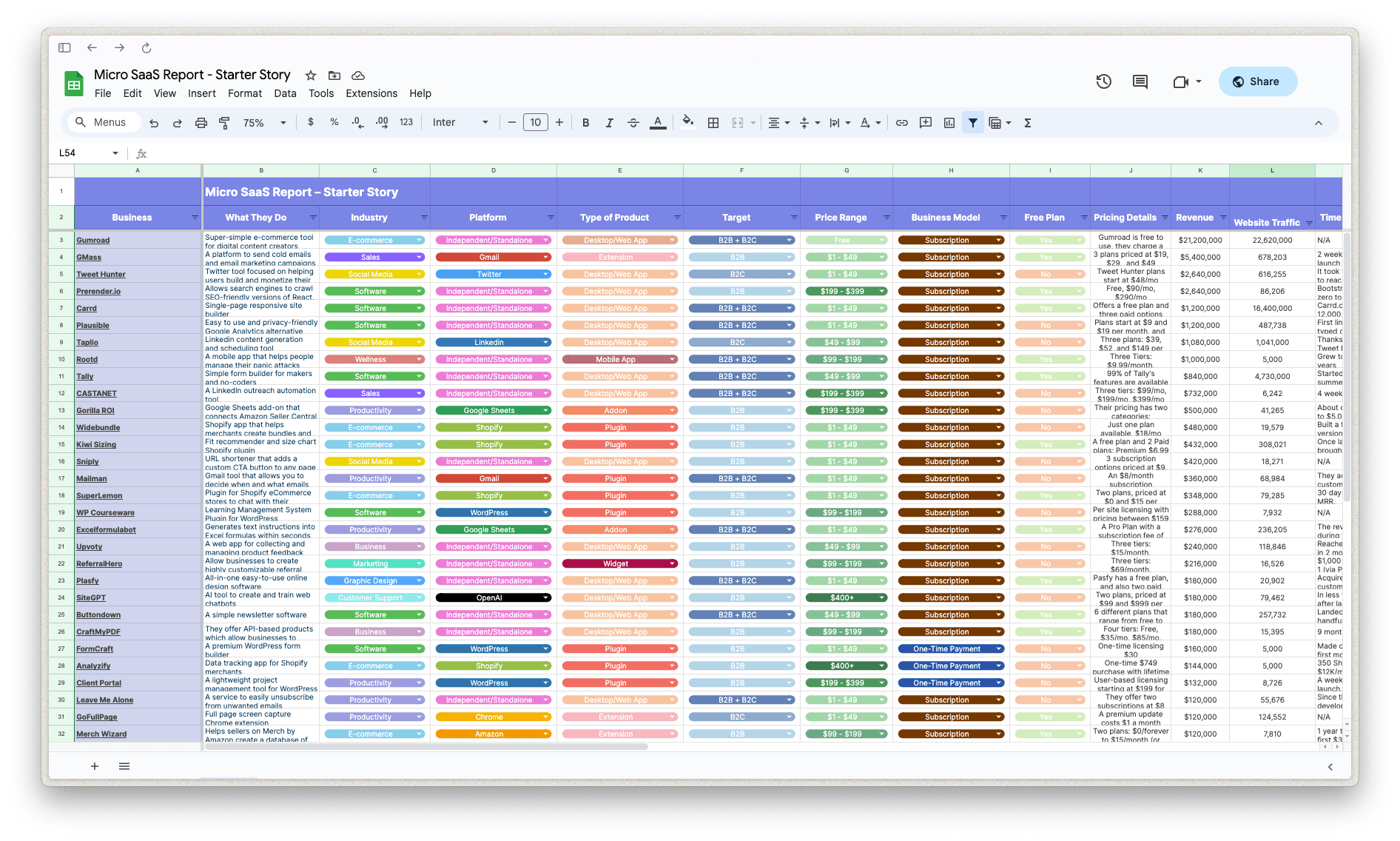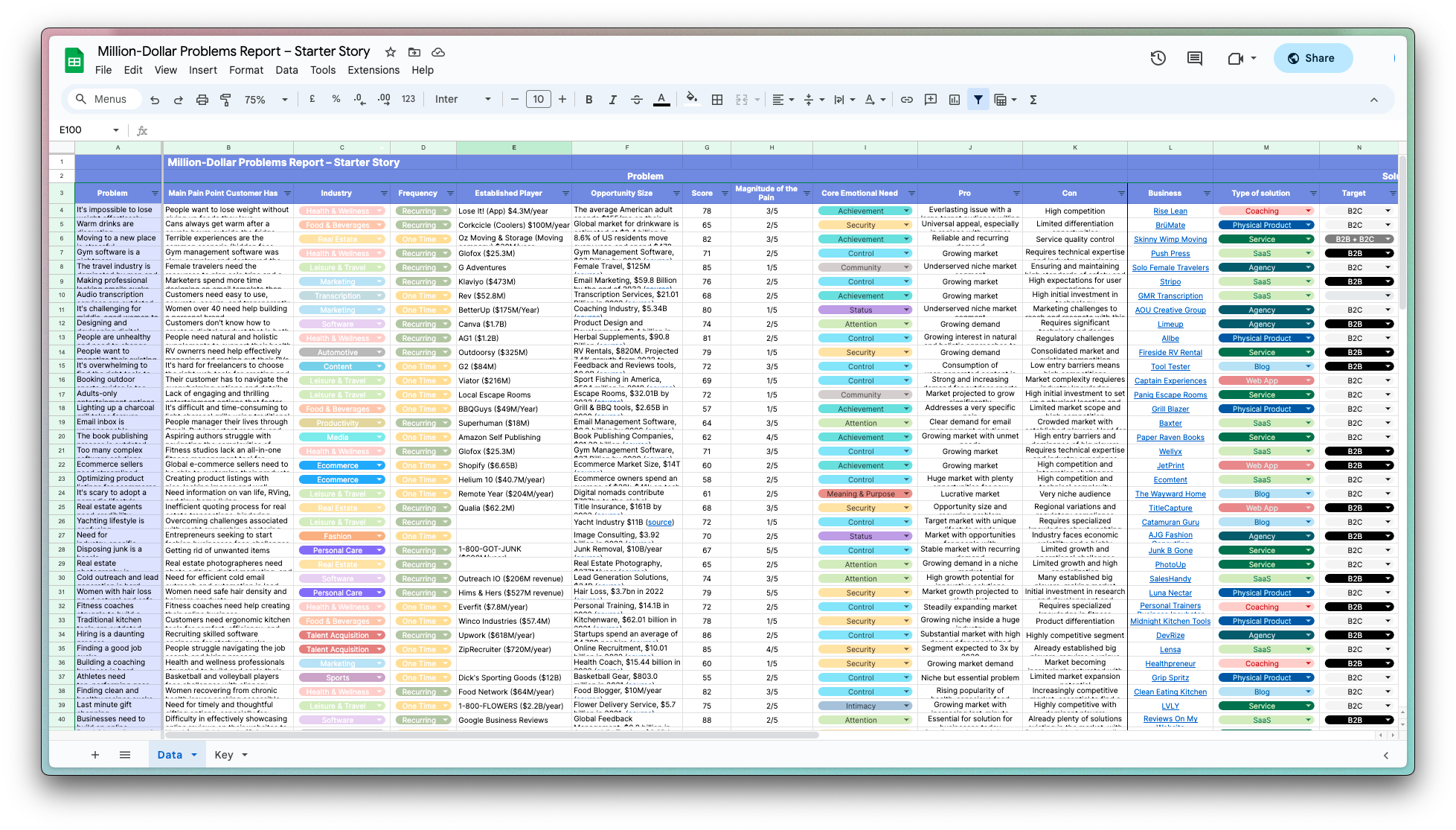How Three YC Founders Used AI to Raise $3.3M for Syncly
Who is Joseph Lee?
Joseph Lee, the founder of Syncly, is a serial entrepreneur from Ohio who previously led SUALab, an AI company, to a successful $200 million exit before starting Syncly. He holds an MBA from Harvard Business School and has extensive experience in AI and the tech industry.
What problem does Syncly solve?
Syncly helps organizations quickly transform overwhelming customer feedback into actionable insights, saving teams from tedious manual analysis and ensuring products truly meet user needs.

Syncly Homepage

How did Joseph come up with the idea for Syncly?
When Joseph Lee was running his previous AI company, he experienced firsthand the difficulty of understanding customer feedback in a meaningful way. It was during interactions with clients who emphasized getting their jobs done rather than the technology behind the solutions that Joseph identified a significant gap. Organizations struggled to turn qualitative feedback into concrete, quantitative insights that could guide product...
Disclaimer: The initial draft of this article was compiled by the Starter Story team based on publicly available interviews, podcasts, and other content from the founder. See the sources we used here.

Download the report and join our email newsletter packed with business ideas and money-making opportunities, backed by real-life case studies.

Download the report and join our email newsletter packed with business ideas and money-making opportunities, backed by real-life case studies.

Download the report and join our email newsletter packed with business ideas and money-making opportunities, backed by real-life case studies.

Download the report and join our email newsletter packed with business ideas and money-making opportunities, backed by real-life case studies.

Download the report and join our email newsletter packed with business ideas and money-making opportunities, backed by real-life case studies.

Download the report and join our email newsletter packed with business ideas and money-making opportunities, backed by real-life case studies.

Download the report and join our email newsletter packed with business ideas and money-making opportunities, backed by real-life case studies.

Download the report and join our email newsletter packed with business ideas and money-making opportunities, backed by real-life case studies.










